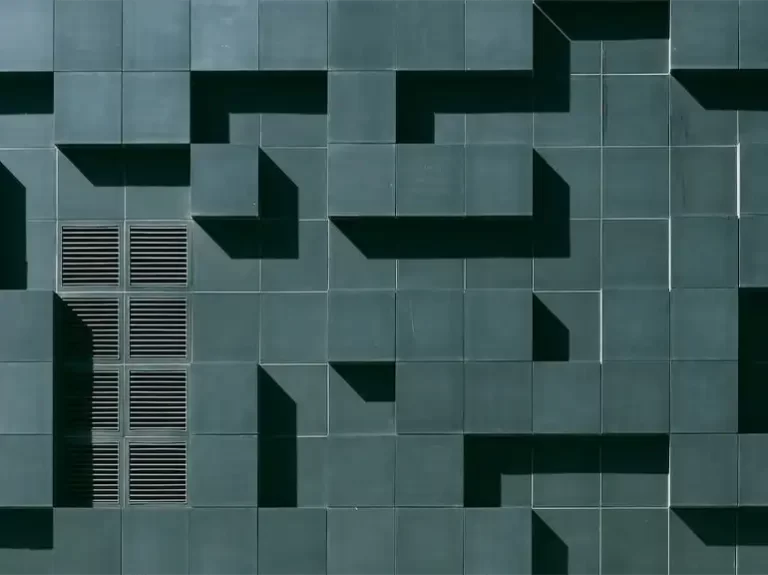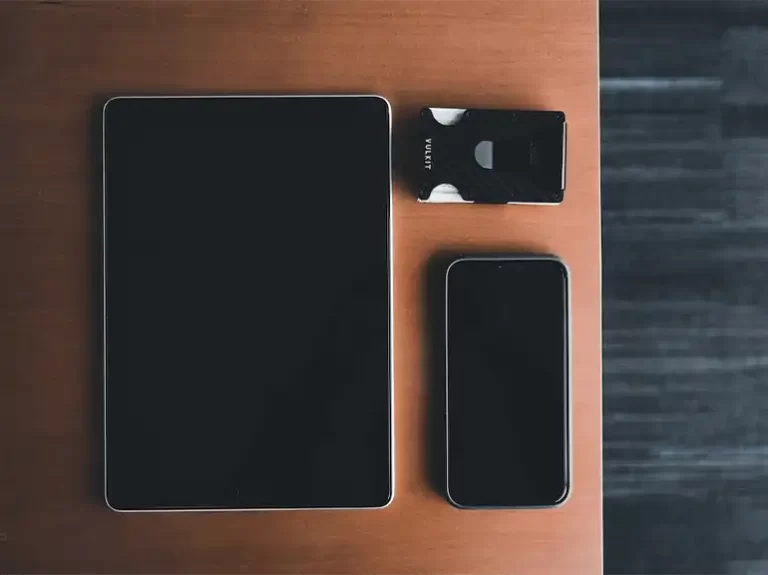Quadrilaterals In Geometry: Types, Properties, and Applications
Discover the fascinating world of quadrilaterals in geometry! Learn about their unique types, properties, and how they are used in real life.

While we all know about shapes and geometry in math, one of the most common shapes you come across and learn from an early age is the square. And the rectangle. Or, as they are actually known, quadrilaterals.
Quadrilaterals are polygons with four sides and four vertices but don’t get them confused as basic geometric figures. Oh no. They have various applications in various mathematical concepts and real-world scenarios.
In this article, we’ll take you on a journey through the different types of quadrilaterals you may encounter in geometry, highlighting their unique features and their further four unique classifications;
- Parallelograms
- Rectangles
- Rhombi
- Trapezoids
Let’s get into it.
The Exciting World of the Parallelogram
Parallelograms are fascinating geometric figures with two pairs of parallel and congruent sides. This unique property makes them a subject of interest in fields like architecture, engineering, and art.
A notable feature of parallelograms is that their opposite angles are equal (congruent), while consecutive angles are supplementary (they add up to 180 degrees).
This attribute allows for precise calculations when determining unknown angle measurements within the figure.
Parallelograms also have diagonals that bisect each other, intersecting at their midpoints. This feature helps in solving geometric problems related to distance or area by simplifying the figure into smaller, more manageable parts.
Journey into Rectangles and Rhombi
Rectangles and rhombi are two more interesting types of quadrilaterals.
Rectangles are characterized by their four right angles and opposite sides of equal length. On the other hand, rhombi have four congruent sides, but don’t necessarily have right angles.

Rectangles and rhombi are related as both are types of parallelograms, sharing properties like parallel opposite sides. The unique features of these shapes have led to intriguing phenomena like rhombi reflections and rectangle rotations.
Rhombi reflections refer to the symmetry within a rhombus.
Due to its two pairs of parallel sides, a rhombus exhibits line symmetry along its diagonals. This property comes in handy for creating tiling patterns or tessellations. Rectangle rotations highlight the rotational symmetry of rectangles, where rotating a rectangle 180 degrees around its center results in an identical shape.
The Intricacies of the Trapezoid
Now onto trapezoids – fascinating quadrilaterals with at least one pair of parallel sides.
They differ from other quadrilaterals, like rectangles and rhombi, which have two pairs of parallel sides.
Trapezoids are versatile and have unique properties that lend themselves to various real-world applications. For example, they’re used in bridge construction, where their shape provides stability and helps distribute weight evenly.
Trapezoids can be further classified into types like isosceles trapezoids, right trapezoids, and scaling trapezoids based on specific attributes like equal non-parallel side lengths, adjacent right angles, or a constant ratio between corresponding side lengths.
Final Thoughts
In essence, the study of quadrilaterals is a journey through a variety of shapes, each with its unique properties and applications.
The importance of understanding these diverse figures, from parallelograms to trapezoids, becomes evident when we see their application in real-life scenarios.
For instance, the structural design of bridges often incorporates trapezoids to distribute weight evenly across support beams.
This practical use of geometric knowledge not only captures learners’ interest but also highlights the relevance of understanding these fundamental concepts in everyday life.
So get ready to explore the fascinating world of quadrilaterals – their intriguing properties and applications will captivate you!